Evoca Calendar 2025. When Art Meets AI
Have you ever wondered what Van Gogh, Dalí, or Botticelli's paintings would look like in Evoca’s style? Let’s discover our 2025 calendar.
16.05.2025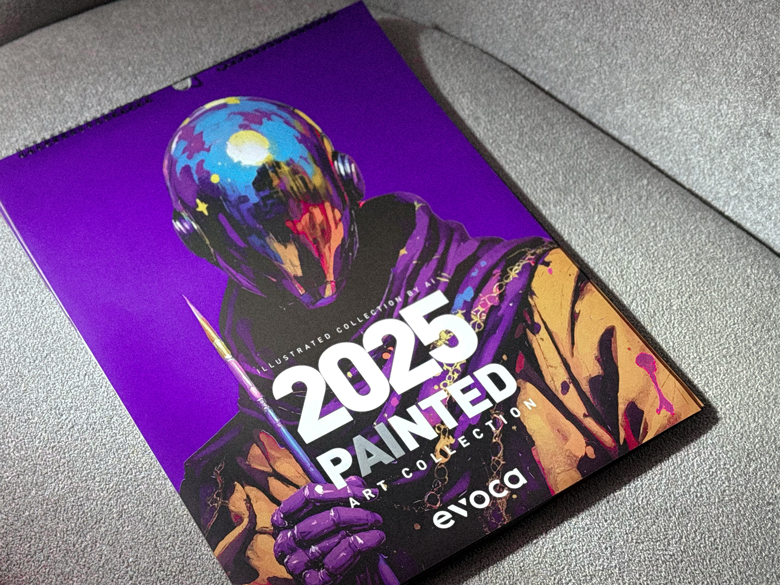
If AI painted the masterpieces by world-famous artists, what would they look like?
That question became the beginning of our Evoca Calendar 2025 project, which gave a new breath to classical art through artificial intelligence.

In the 2025 calendar, Evoca reinterpreted the art of Van Gogh, Dalí, Vermeer, Botticelli, and others with the help of AI, giving their canvases modern, trendy solutions.
🎨 How did Evoca reimagine the iconic paintings?
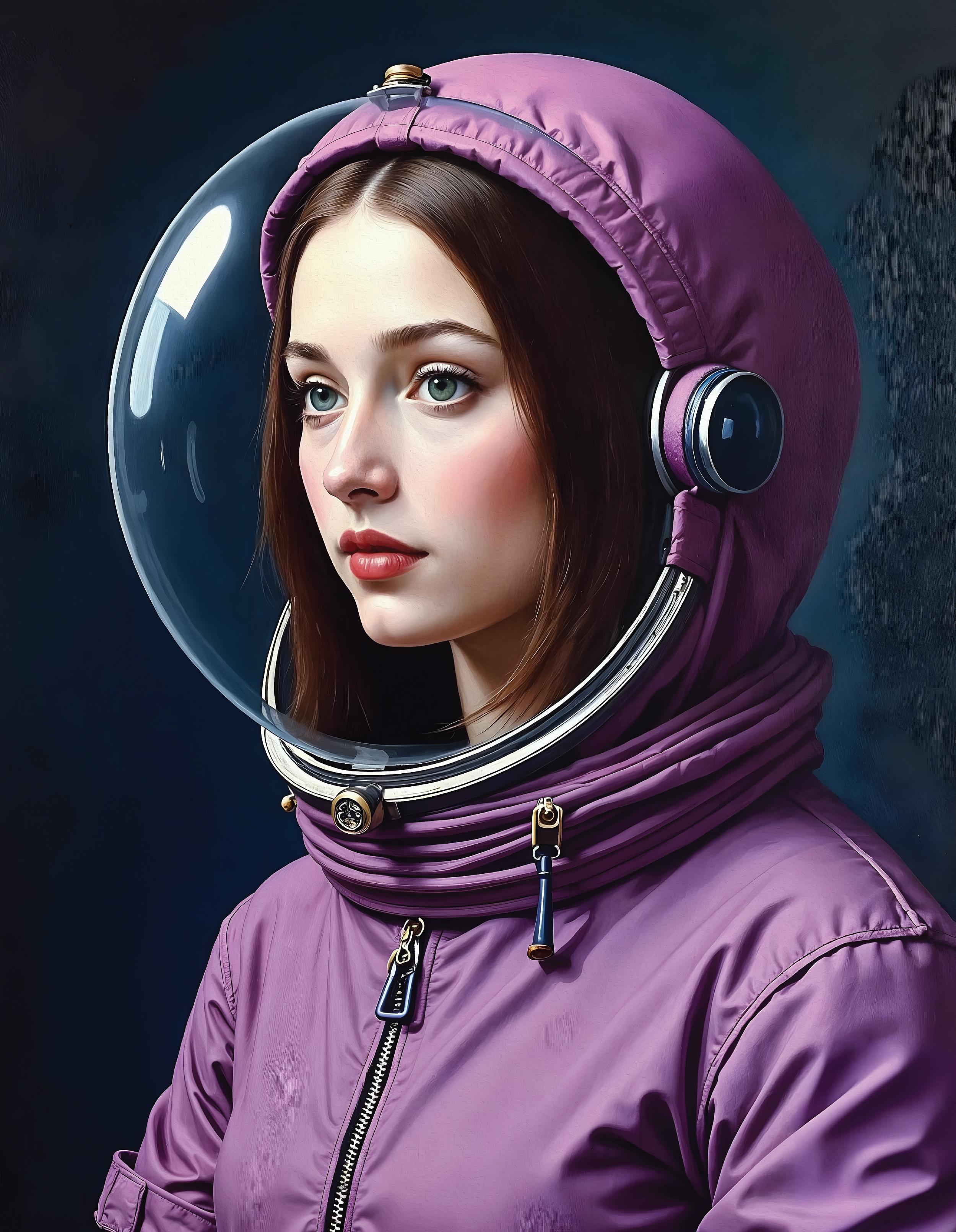
January | Leonardo da Vinci – “Mona Lisa, but with a view to the future”
If Leonardo da Vinci painted the Mona Lisa in the 21st century, would her gaze reflect the influence of AI? AI created a new version of the Mona Lisa that reflects a combination of modern and futuristic trends.
If the Mona Lisa were born today, she would be a symbol of artificial intelligence.
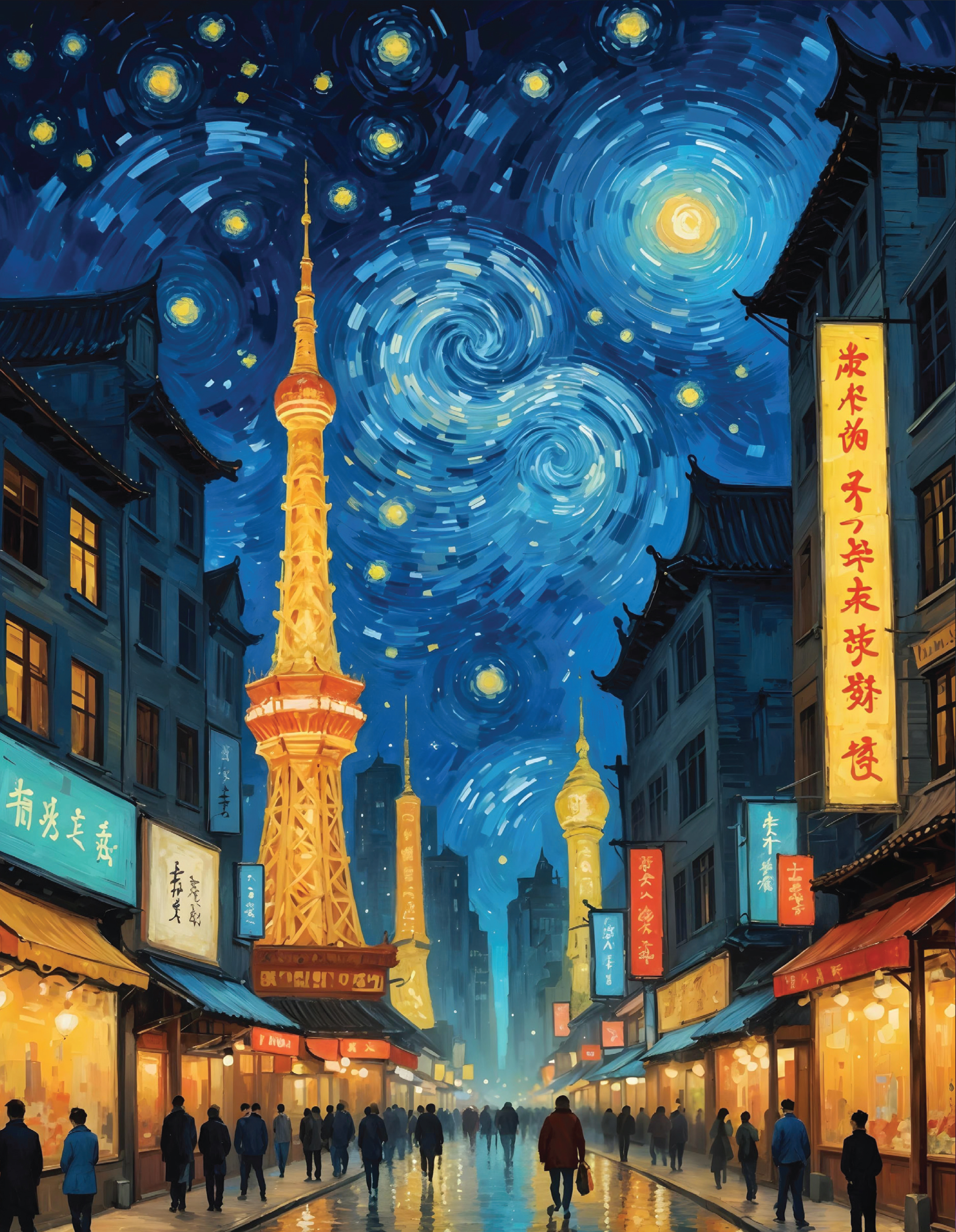
February | Vincent van Gogh "Starry Night in New Colors"
Van Gogh’s famous Starry Night has been reinterpreted with cosmic elements that symbolize the rhythm and energy of the digital age. It’s no longer just a night—it’s a cosmic dream where the digital era is juxtaposed with classical art.
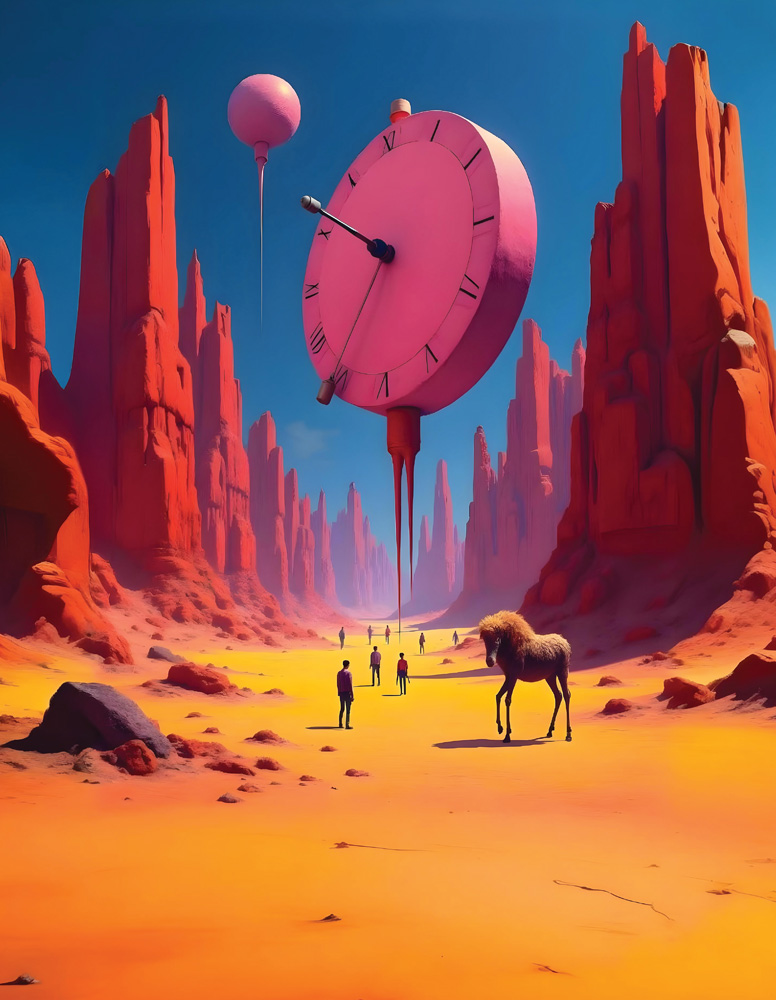
March | Salvador Dalí "The Persistence of Memory with a New Perception of Time"
What would time look like if encoded in the digital world? AI reimagined Dalí’s legendary melting clocks, now floating through cosmic infinity, surrounded by surreal landscapes. Time no longer flows, now it defines its own course.
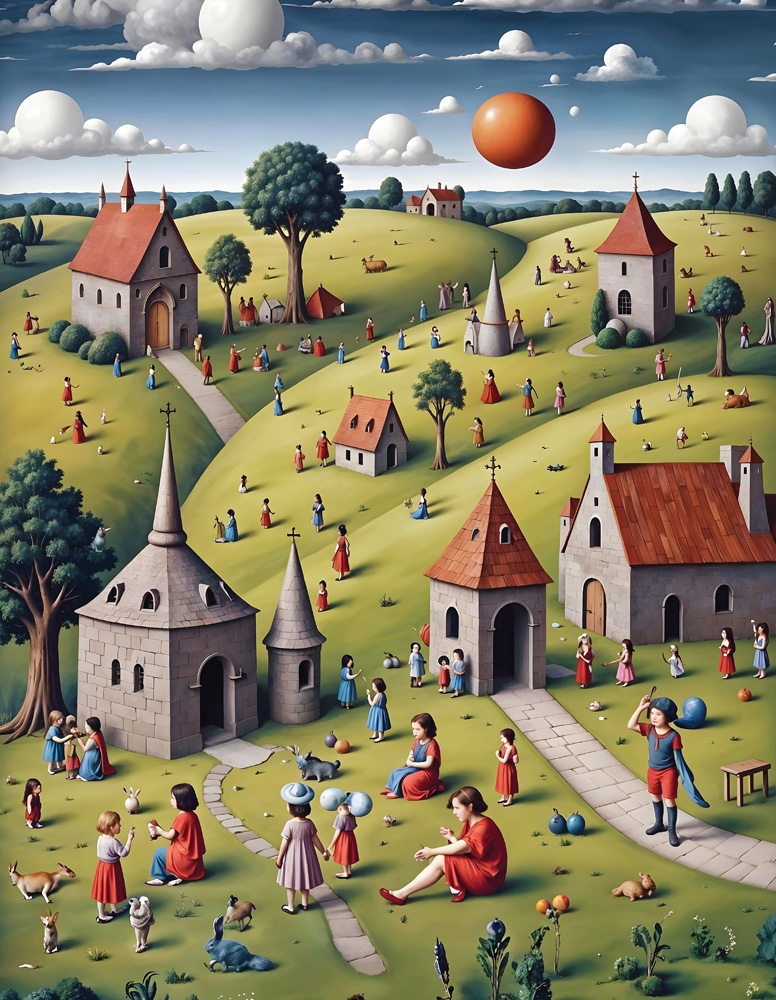
April | Hieronymus Bosch "The Garden of Earthly Delights in the Digital Age"
What if Bosch’s imaginary world became part of the meta? Through AI, the Garden of Earthly Delights has been expressed in a futuristic style. If Bosch created his masterpiece today, it would undoubtedly be the most mysterious convergence of art and technology.
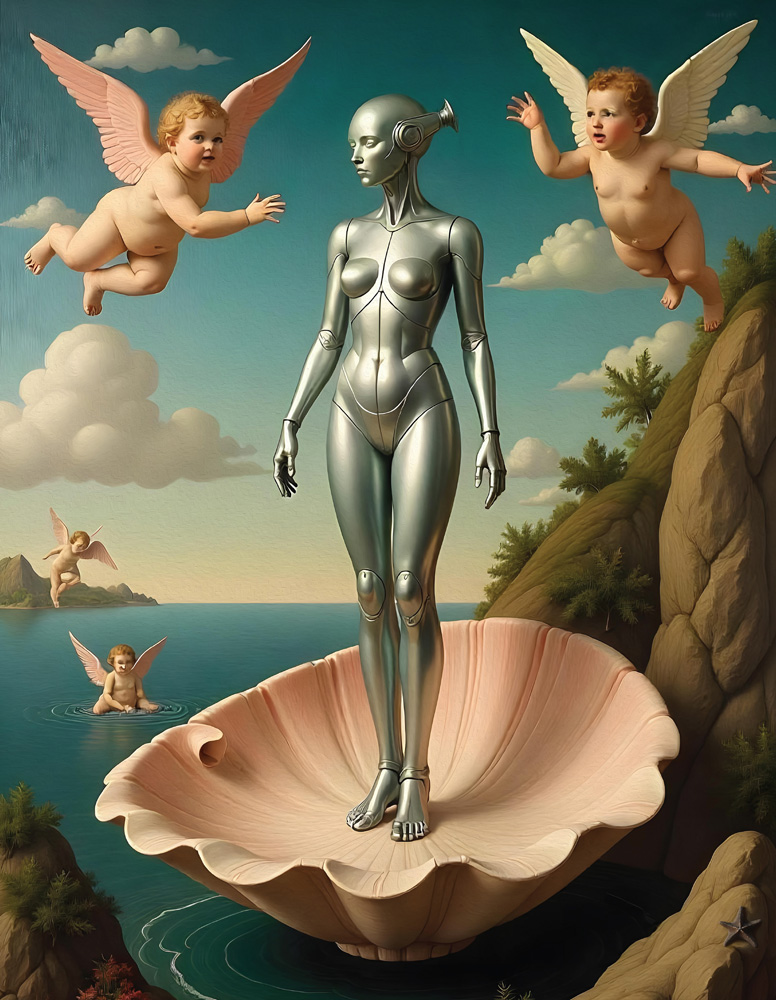
May | Sandro Botticelli – “The Birth of Venus in Our Time”
If Botticelli had depicted the Birth of Venus in our time, the ideal of classical beauty would have been transformed into a figure with a futuristic, metallic glow. All this makes Venus a modern goddess for the digital age.
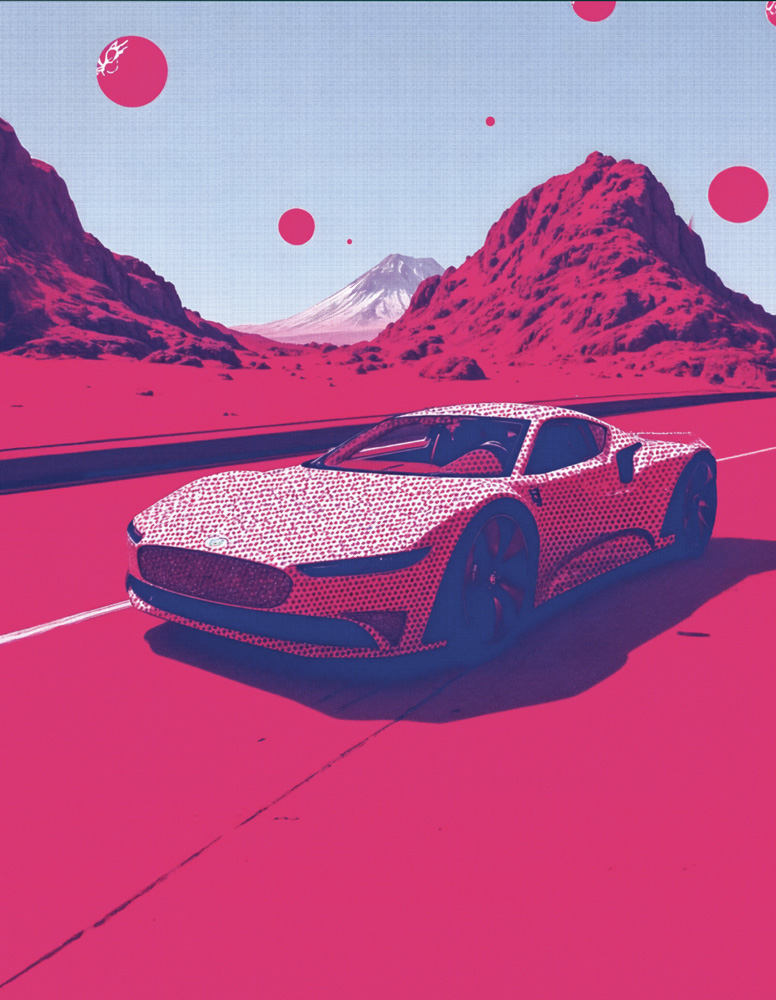
June | Roy Lichtenstein – “Comic Art in the Digital Age”
If Lichtenstein’s characters lived in the 21st century, they would communicate through Likes, DMs, and virtual emojis. AI transformed his famous comic book style into animated, interactive forms.
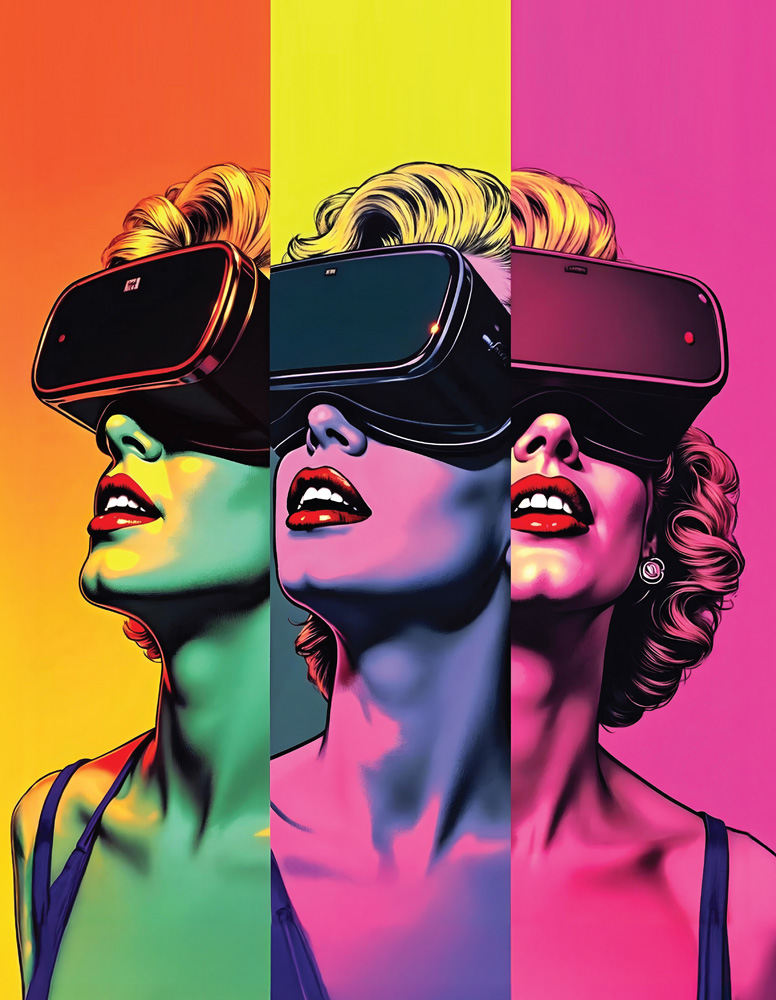
July | Andy Warhol "New Age Monroe"
If Warhol had painted Marilyn Monroe wearing VR glasses, it would undoubtedly be the cover of our AI-generated 2025 calendar, where the bright colors of pop art merge with innovative technologies to create a new era of art.
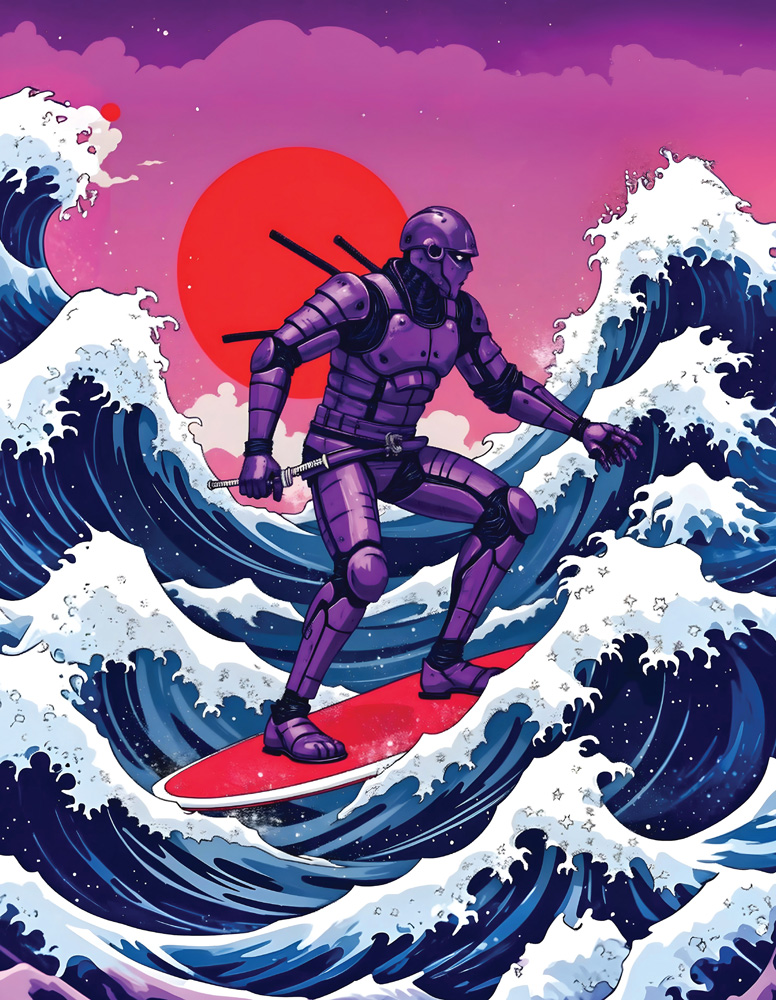
August | Katsushika Hokusai – “The Great Digital Wave of Kanagawa”
What if The Great Wave off Kanagawa were not a natural phenomenon but an entry point into a new reality? With AI, we have ve created an image where the waves bridge the physical and digital worlds. The futuristic samurai surfing the wave is no longer a warrior, but a traveler, from the past to the future.
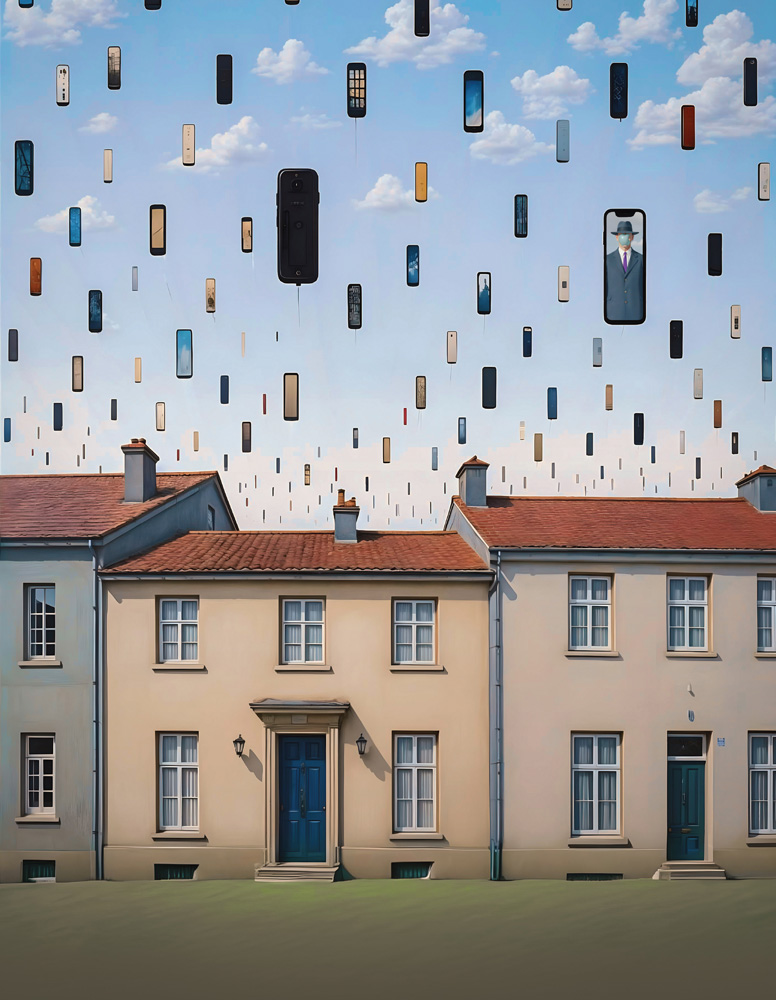
September | René Magritte – “Mystical Digital Art”
Magritte’s painting has been transformed into a fusion of classical style and digital innovation. One of his iconic puzzles, Golconda, is now reimagined not with people but with floating smartphones in the sky, forming a complex composition.
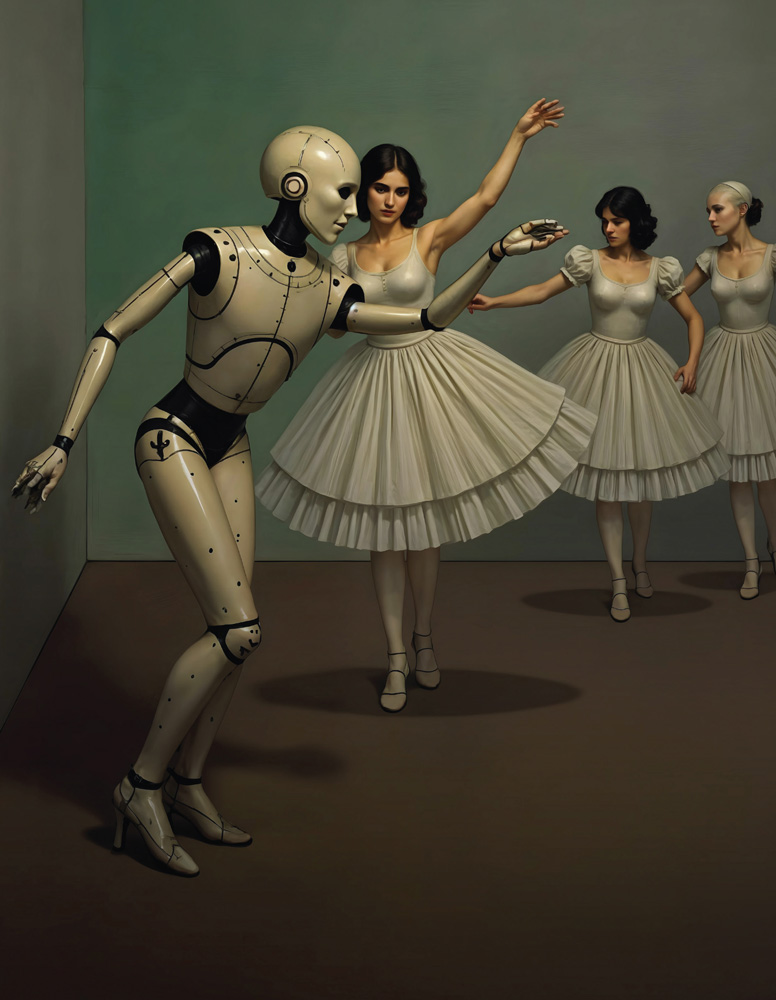
October | Edgar Degas – “Ballet on the Stage of the Future”
AI reinterpreted Degas’ world by creating a ballet where robotic dancers perform movements based on algorithms. Traditional classical ballet has become a fusion of digital and mechanical motion. This is how Degas’ art might have looked if it met artificial intelligence.
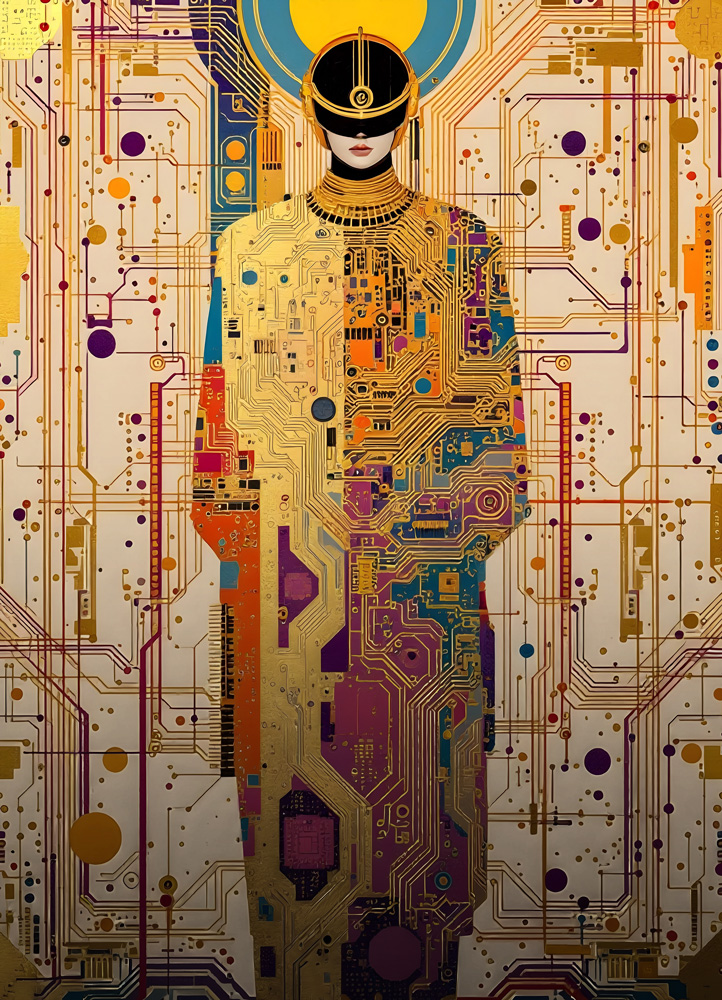
November | Gustav Klimt – “A Symphony of Gold and Code”
What would Klimt’s art look like if created by artificial intelligence? Golden shimmering images, microcircuits, delicate tones—all in a single composition.
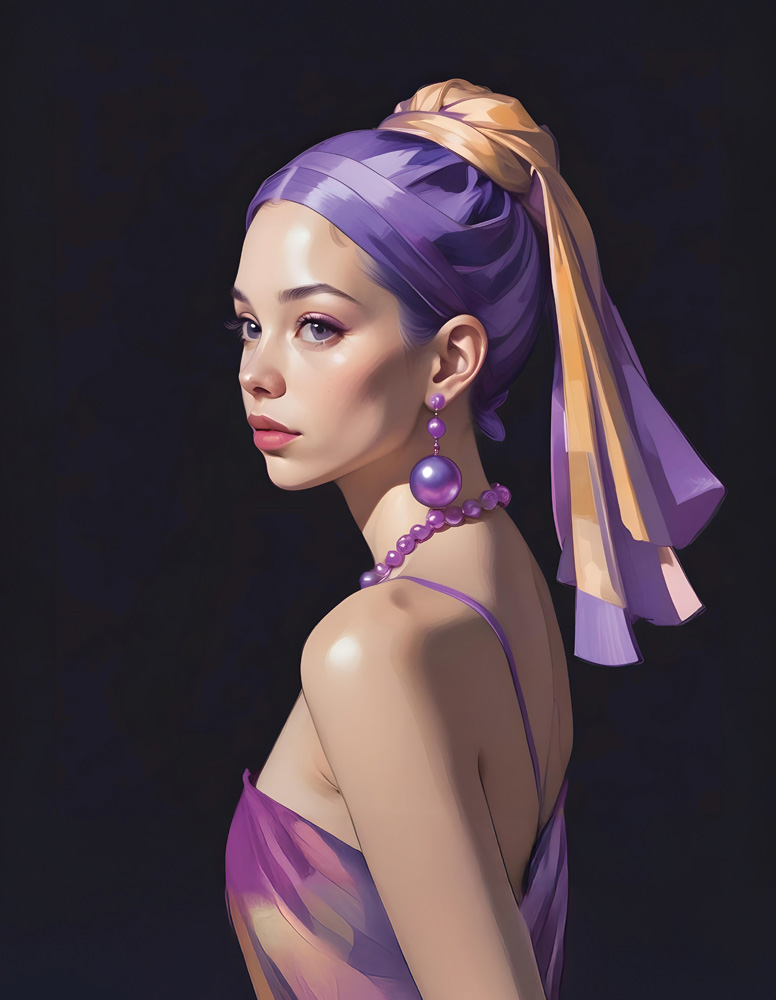
December | Johannes Vermeer – “A Pearly Glimpse of the Future”
If Vermeer's "Girl with a Pearl Earring" lived in our time: pearls, modern earrings, and a necklace, purple hair, but at the same time, a mysterious look. This is how Vermeer's legacy turned out with a new breath, the classic and the innovative intertwined.
Evocabank continues to be a symbol of innovation, and the 2025 calendar is further proof of that. This combination of AI and classical art shows how technology can redefine cultural heritage.
Related Blogs
-
 Top 5 Christmas Markets in Europe
16.12.2025
Top 5 Christmas Markets in Europe
16.12.2025
-
 The true color of Black Friday
24.11.2025
The true color of Black Friday
24.11.2025
-
 99 problems? 1 solution: Evoca digital card
28.11.2024
99 problems? 1 solution: Evoca digital card
28.11.2024
